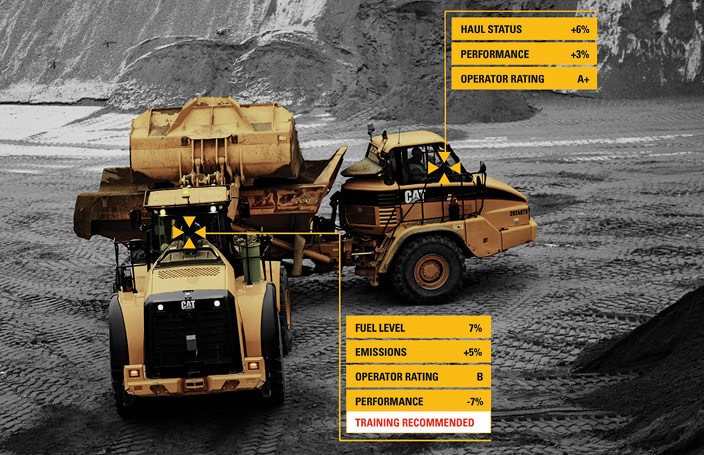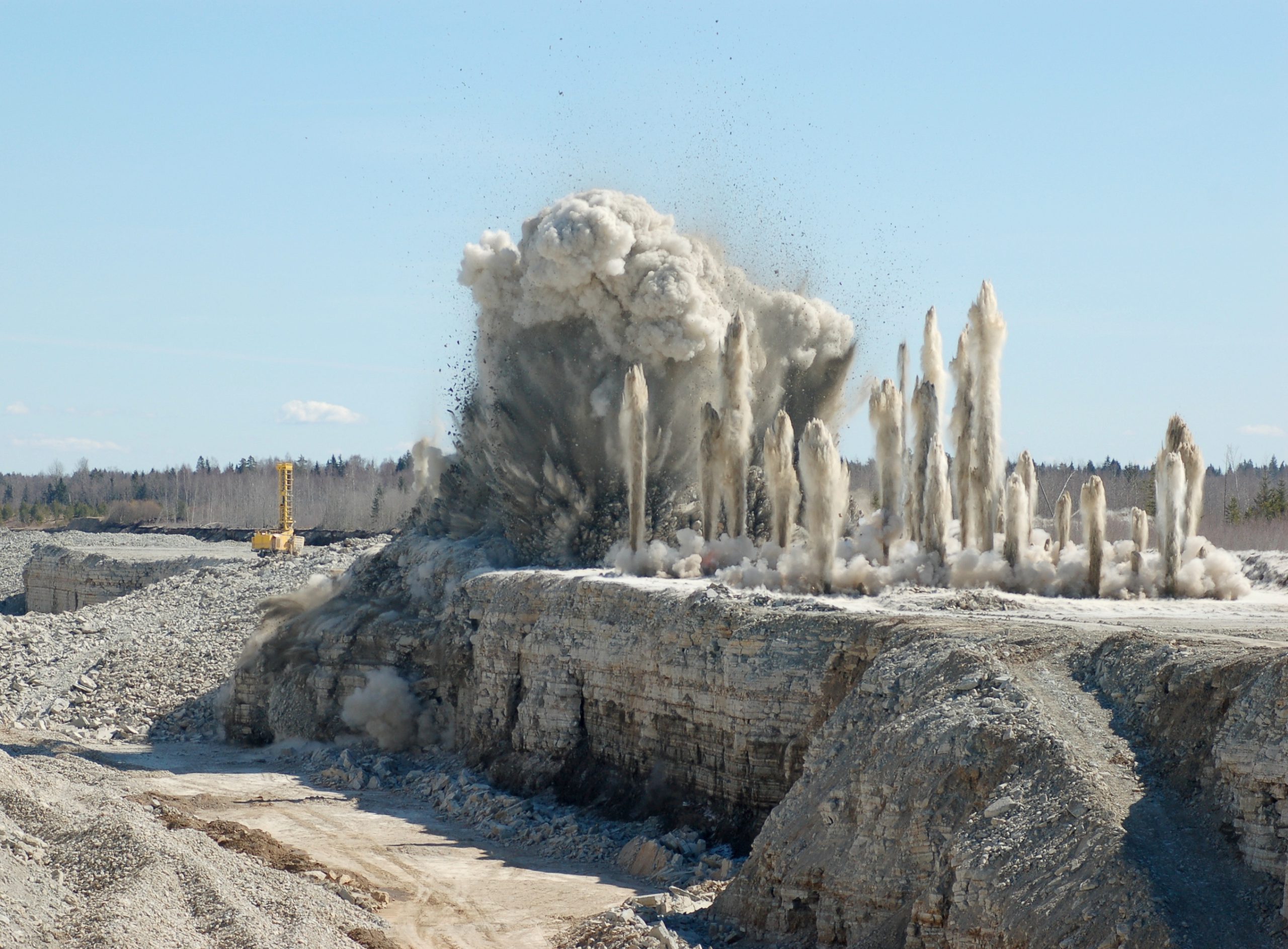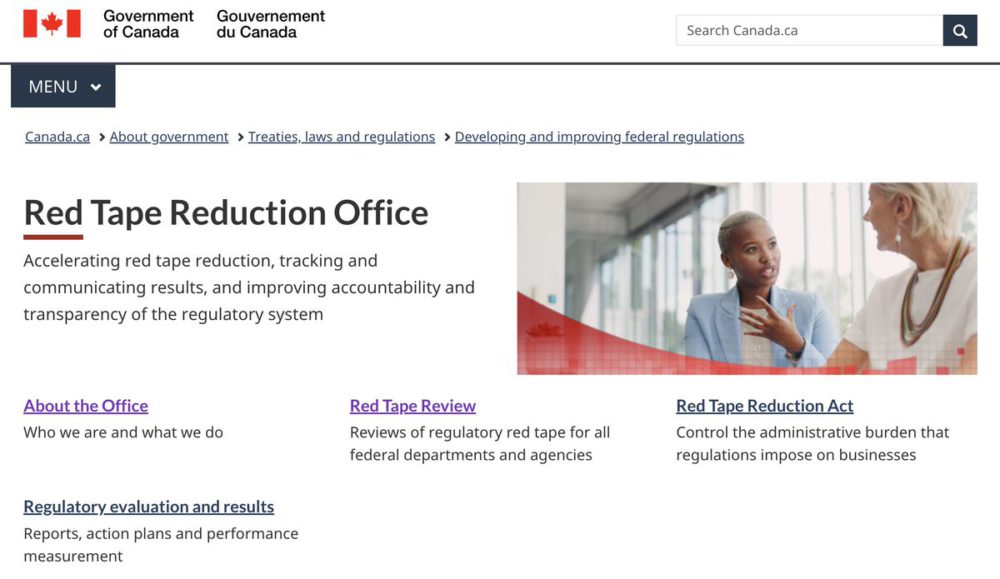A cleaner future for mining
Why staying on top of the energy transition
involves embracing change and solutioning for all goals

information, and even the management of autonomous equipment systems. CREDIT: FINNING CANADA
The mining industry is undergoing a deep transformation as it works towards ambitious goals of reducing its environmental impact. With it, there is a big opportunity for change. While there are many bold goals and commitments towards decarbonization, there are also a lot of challenges on the best path forward. There is also a growing pressure for mining companies to reduce emissions and costs, all without sacrificing productivity.
The energy transition – the process of moving away from high carbon fuels – is the number one factor driving change for the mining industry. Mining is probably the most vital sector to the global energy transition, since many low or no emissions technology advancements rely on mined metals and minerals. Smart mining practices are indeed becoming more widespread, and they are making strides to decrease the negative impacts mining has on the environment and the communities in which they operate. Many mining companies are starting to partner with local communities, adopting sustainable practices while engaging with communities to develop new business and training opportunities. Social governance, Indigenous relations, community involvement, and better transparency will play a huge role in the path forward for mining companies and will be required for continued licence to operate. But some argue it is not happening fast enough, and that more needs to be done.
With rising carbon taxes and evolving regulatory requirements, mining companies need support in understanding their overall environmental footprint and the fastest way to help get them to their emissions goals. So, how do you plan for and invest in long-term solutions while staying productive and profitable in the short term? It starts by partnering with the right dealer. One who understands your needs and can support you on your unique journey.
With the right advice and guidance, companies can explore and invest in new technologies for the future and even start to improve efficiencies, source lower carbon solutions, and use renewable energy.
Thinking about your future fleet
The idea of a fully electric mine may sound like the distant future, but it is closer than you might think. As mining companies continue to look for smart solutions to incorporate alternative fuels into operations, reducing emission levels on mine sites through electrification will soon be a reality. But converting to electric machines is not without its challenges. To start, you need to have the right power. The power required to charge an electric 300-tonne-plus haul truck is substantial, not to mention a whole fleet of them. It also needs to be reliable. If your goal is to decrease greenhouse gas (GHG) emissions, power needs to be sourced from renewable energy sources. And if you do not have the right power, the investment needed for charging stations, trolley lines, electricity storage, or co-generation can be significant.
Even if the path to electrification is not necessarily a straight line, electric equipment is poised to eventually replace diesel-powered machines. Original equipment manufacturers are working quickly to develop large battery-powered mining trucks to facilitate the trajectory of low-emissions mining. These machines, many of which will be ready by 2029, will play a considerable role in reaching net-zero goals. This means the time to map out your plan is now, and you can start by finding the right partner who can show you what your electrification journey looks like and what the best path is for your organization. Maybe you start with one machine, testing and trialing it on your site, and slowly working your way up to a larger fleet. For other sites it may be a more complex and lengthy process that involves a complete overhaul of existing infrastructure. Every company’s journey to electrification is unique.
Electrification is poised to significantly contribute to emissions reductions, but it is not the only path, as some are exploring the benefits of switching to alternative fuels. There are several options being trialed, like compressed natural gas, liquid natural gas, dual fuel dynamic gas blending, and biofuels. Each has their strengths and drawbacks and may play a larger role in the future. How much is hard to say, since we are still relatively early on in this journey.
Using technology and data to track emissions
Rapidly evolving technology providing data and insights can help mines adapt to a changing industry and create an agile environment that is constantly learning and improving at every stage. With more data and information, mines can utilize those tools to make decisions to reduce the emissions of its operation. Adopting technology, especially on large sites in remote areas, can be a complex task. To be effective, a significant investment needs to be made on change management as for many companies this digital evolution will mean a change to how employees do the work. Consolidating historical systems, tools, and sources of data is also a big endeavour. When done correctly, bringing together data and analytics can offer huge benefits around productivity and sustainability. Optimizing performance through data can unleash the potential for huge productivity and emissions improvements, maximizing equipment usage, eliminating unnecessary hauling, reducing component failures, and even in efficient mines, can help reduce cost per tonne.
Operational optimization and predictive maintenance are more urgent than ever, and the need to improve energy efficiency and reduce CO2 emissions are equally as important. As provincial and federal regulations continue to expand, the mining industry is increasingly under a microscope. Connecting equipment to telematics not only helps in the collection of equipment data and monitor machines, but it can help to predict failures and gather real-time intel around machine health and condition, tracking equipment hours, usage, and emissions. By tracking emissions and analyzing the data, it can help to change and shape operator behaviour, thus quickly addressing issues and ensuring operators are properly trained. Reports and alerts can also highlight how the machine is being operated, and track speeding, unnecessary acceleration, and other environmentally harmful activities that burn up fuel.
Contributing to a circular economy
Equipment dealers and manufacturers are helping customers meet their environmental and energy transition goals through advancements in technology. Customized maintenance programs mean scheduling repairs at times convenient for the operation, helping to increase machines availability. Changing out components before they fail or re-using the worn-out parts can also offer substantial savings and reduce waste.
Rebuilds are another way mining companies can make a meaningful impact. It is helping companies optimize their fleet by extending the life of their assets. This solution involves rebuilding machines and end of life components, reducing overall waste, and minimizing the use of raw materials needed to produce new parts. Equipment can be completely rebuilt multiple times and to their legacy tier emission standard or a higher tier emission standard. This helps mining companies keep equipment longer, reduce waste and recycle metals from old parts and keep non-renewable resources out of the landfill while reducing equipment costs.
This idea of a circular economy can help mines eliminate waste and pollution, and like other solutions available, the process is unique to every company. For some, it may involve rebuilding existing equipment to maximize its lifespan, and for others who are further along in their journey, it could mean reducing waste, optimizing water usage, integrating a renewable energy source, or regenerating closed mines.
ESG standards taking centre stage
A demand to move to cleaner technologies has led to an increased need for the minerals and metals needed to manufacture these products. In its 2021 report, Fostering Effective Energy Transition, the World Economic Forum explains: “The production of minerals such as graphite, lithium, and cobalt could increase by nearly 500% by 2050 to meet the growing demand for clean energy technologies.” Mining for these materials in an unsustainable way can cause further environmental damage. There needs to be better efforts to help incentivise higher environmental and social performance.
When ESG is done well, it can help drive local supply chains, contribute to the growth of local communities, and even help in the restoration of biodiversity. It involves approaching challenges in new ways: converting to circular business models, reviewing investment portfolios to ensure they support climate-friendly initiatives, and ensuring partners, suppliers and customers are on board with the approach. The next few years will be pivotal for creating sustainable operations and minimizing the industry’s environmental footprint. The path forward involves constant change, adaptation and learning. There is no silver bullet that magically gets us from where we stand today to where we need to go. As a country and a global community, we have a challenging path ahead of us to meet the bold goals of where we want to be in 2050. For companies to move through this energy transition successfully, they must look at a range of solutions such as electrification of fleets, alternative fuels, telematics tracking, rebuilds, a commitment to building better mining communities, and an overall desire to do better.
The right equipment and technology partner can help support this transition, offering a vast range of community, operational, and technology implementation expertise. When you build the right network of suppliers and partners, sharing information and developing new ways of working together, you can better position your mining business to be at the forefront of the energy transition.
Cheryl Gray is Finning’s vice-president of mining and a certified management accountant in Alberta.





Comments